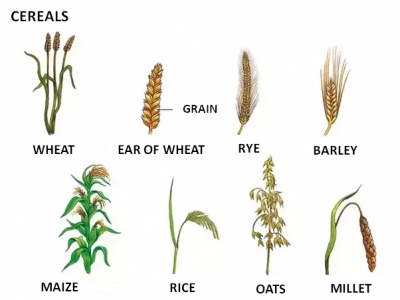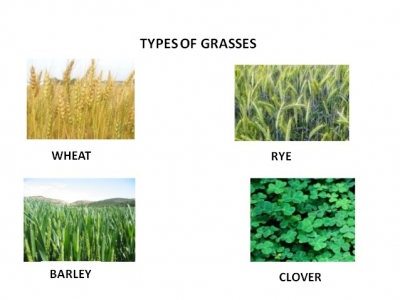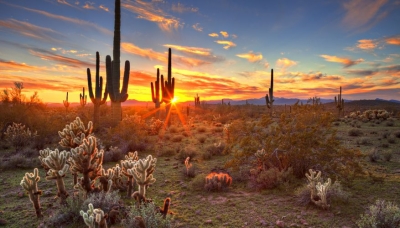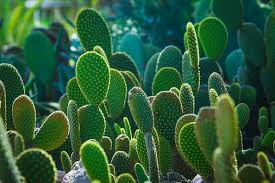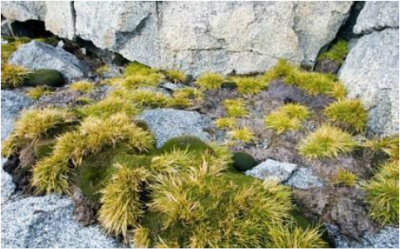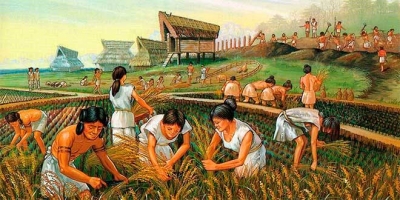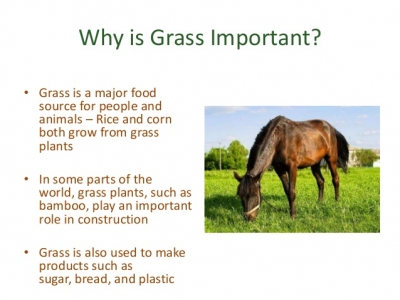What makes the ‘Chariots of Fire’ a magnificent movie?

‘Chariots of Fire’ is a 1981 British movie directed by Hugh Hudson, starring Ben Cross and Ian Charleson. The film was conceived and produced by David Puttnam, and written by Colin Welland. The film is based on real life track and field athletes Harold Abrahams and Eric Liddell, both of whom competed for Britain in the 1924 Olympic Games.
It is also a movie about British class distinctions in the years after World War I. This is showed through the lead characters-Eric Liddell, a devout Scottish Christian who runs for the glory of God, and Harold Abrahams, who is an English Jew, who runs to overcome prejudice.
‘Chariots of Fire’ was very successful at the 54th Academy Awards, winning four of seven nominations: Best Picture, Original Screenplay (Colin Welland), Costume Design (Milena Canonero), and Original Score (Vangelis). It is ranked 19th in the British Film Institute’s list of Top 100 British films. The film is also notable for its memorable electronic theme tune by Vangelis.
The film’s title was inspired by the line, ‘Bring me my chariot of fire’; from the William Blake poem adapted into the popular British hymn ‘Jerusalem’.
Picture Credit : Google





